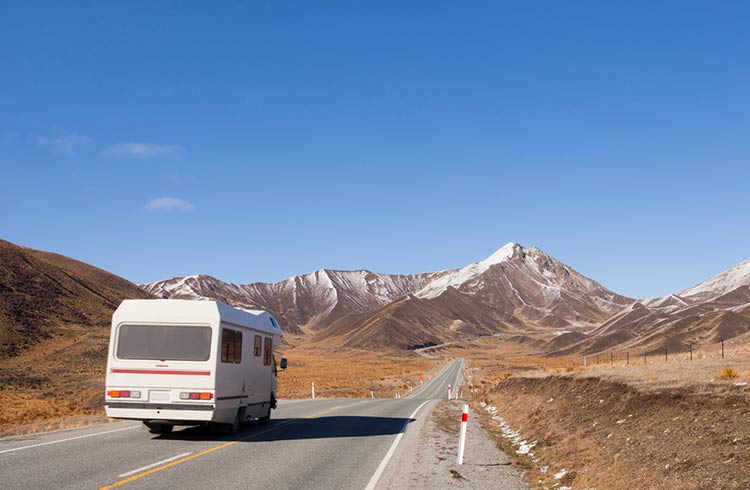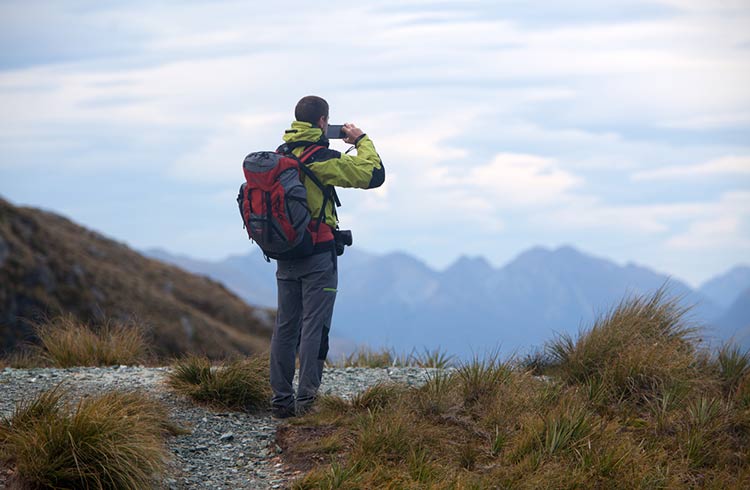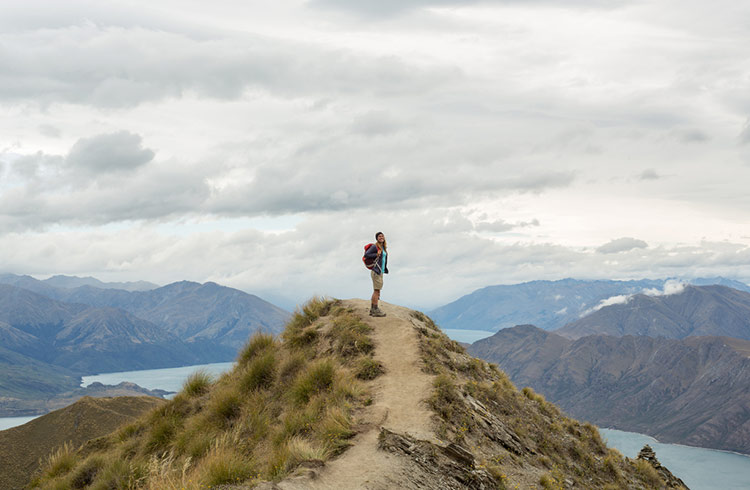Dangerous Roads in New Zealand: Safer Driving Tips
Everything you need to know before you go driving in New Zealand, from sheep and rock fall on the roads, to speed cameras and seat belts.
 Photo © iStock/travellinglight
Photo © iStock/travellinglight
- New Zealand's most dangerous road
- Dangerous roads to drive carefully
- Keep left
- Smile, you're speeding
- Sheep
- Parking spots
- Camping rules
New Zealand's most dangerous road
With New Zealand's rugged terrain, it's no surprise the country has some dangerous roads.
One is the 13.5mi (22km), one-lane Skipper's Canyon road near Queenstown, which splits off from Coronet Peak Ski Field road. While beautiful, Skipper's Canyon is treacherous in its winding path and lack of guard rails.
One traveler said the road is unstable and prone to falling rock, and it's a straight drop into the river if you go over the cliff. Not quite the adventure you signed up for, eh?
Believe or not, tourist buses actually climb this cliff-carved corridor.

Dangerous roads to drive carefully
But, there are many more insanely terrifying roads on the South Island. Mount Hutt, near the Canterbury Plains, can also lead you to a straight drop into oblivion.
Then there's Milford Road in Upper Hollyford Valley (which can attract avalanches), Irimahuwheri Bay, Perpendicular Point, and State Highway Six at Ten Mile Creek near Greymouth.
The North Island has its dangerous curves as well, such as Paikakariki road outside Wellington.
Keep left
If you're from the States, know that New Zealand drives on the left side of the road. This might sound easy to pick up for some, but be aware that many road signs you'll expect to be on the right side of the road will be on the left, such as "No Right Turn."
Another oddity travelers describe, is when in a roundabout turning left, you give way to vehicles on your right turning right.
Smile, you're speeding
On major roads, there may be speed cameras that will try to nab you going over the limit. You'll usually be able to detect them – unless you really are zooming by.
They're there because speeding is a problem here, on highways and local roadways. Teen drivers, like elsewhere in the world, are some of the biggest offenders.
Watch out for sheep on the roads
When you drive on rural roads, you have another living creature to look out for altogether: sheep.
They'll stroll nonchalantly out into the road, and they'll move on by their own accord. Use this time to pull over for a picture.
Also watch for signs in more rural areas indicating the likelihood of bush fires depending on weather conditions.
Road surfaces in the country might be different than what you're used to, as many are made of clay or loose gravel, which can cause sliding when driving. Cars can also kick up loose stones that inadvertently hit your vehicle or windshield.
Parking spots
If you need to pull over for a break or are trying to get to a sightseeing spot in a city, avoid parking in the direction of oncoming traffic, as it's illegal. Broken yellow lines signal no parking at all.
Don't pull over last-minute on the side of a winding road (for example, on the way to Milford Sound). Never park if it's not safe to do so. There are many beautiful look-outs on the road between Glenorchy and Queenstown, and occasionally tourists will pull over at a bend to snap a few pictures before hopping back in the car. If it doesn't look safe, don't copy them to get the ultimate Insta shot. Not worth it.
Camping rules
New Zealand allows freedom camping in natural areas outside urban centers. However, you should still stick to designated areas, holiday parks or spots overseen by the Department of Conservation.
While you can find these great freedom spots, overnight camping is not allowed in many parts of New Zealand, and park rangers and other officials will have no trouble waking you in the middle of the night to tell you to get out of town.
If you travel to really isolated areas, you may not be able to find adequate facilities, so plan ahead and do your research to pack accordingly.
Related articles
Simple and flexible travel insurance
You can buy at home or while traveling, and claim online from anywhere in the world. With 150+ adventure activities covered and 24/7 emergency assistance.
Get a quote


No Comments